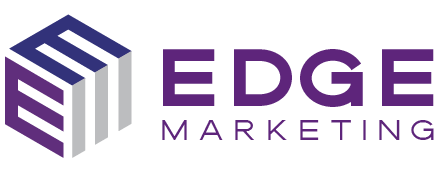5 Best SEO Practices and TIps for Your Website
by Mary Obregon
Creating or upgrading a website is hard work. The main goal is to get as many eyes on the site as possible. Over the years the internet has become overloaded, so what is the best way to make sure a website stands out from the rest? Are there specific measures that can be taken to put your site on top?
Search engine optimization (SEO) is the process of improving a website’s content for the purposes of increasing its ranking and visibility for users surfing the web. When you rank higher in search engines, it is more likely that a user will choose to visit your site over lower-ranking options.
When creating or upgrading a website, here are five SEO best practices to keep in mind:
- Always Keep Your Audience Top of Mind
It is critical to keep the audience in mind at all times. The main goal is to make the website suitable to their needs. It’s all about creating a clear, straightforward website that your customers can understand and navigate seamlessly. The more user-friendly a website is, the lower the number of users who land on your homepage and exit without triggering another request (bounce rate). Ensuring that your website doesn’t frustrate or confuse your audience is the most important step in website formulation.
- Speedy Site
The faster a person can obtain the information needed, the better. If your website is slow, your bounce rate is likely to increase. To get the instant gratification we’ve all come to expect online, a speedy website is a must. The quicker and more convenient the flow of your site is, the more likely the consumer is to remain on your website and click through to other pages within it. The higher the site speed, the higher the ranking within a search engine. There are many options available for checking your site’s speed, but one recommended option is Google’s PageSpeed Insights.
- Improve Your Internal Linking Structure
It’s always a good idea to make it simple for search engines to crawl your site and determine which articles are the most important, since this will assist your users in finding what they’re looking for. To aid the process, strengthening your internal linking structure is a no-brainer. Ensure that your most important articles have the greatest number of internal links pointing to them. To avoid orphaned content, don’t forget to include links to your most current postings. It’s critical to make sure that links are relevant to the context of an article; otherwise, neither the search engine nor the user will understand them.
- One H1 Heading Per Post or Page
Within website creation platforms, page headings are often ranked. Headings make it easier for your readers to skim the text and figure out how it all fits together. Search engines also try to decipher the structure of your text by “reading” headings. Instead of reading the standard text on your website as your audience does, search engines go to the HTML version of your site and read the HTML heading tags. Headings are also beneficial in making your content more accessible to all. Your readers and Google may become confused if there are several H1 headings. As a result, if there is no clear delineation between main and subtopics, customers might decide to leave your website.
- Add Alt Text to Images
Alt text is a bit of information that describes what is depicted in an image. Not only will adding alt text to your images make your website more accessible to all users; it will also improve your SEO ranking. Alt text gives search engine crawlers context for what a picture is showing, helping them to properly index the image, making it more searchable, enhancing its SEO. If you don’t use alt text for photos, your website will be difficult to interpret for screen readers and browsers, resulting in a poor user experience for anyone who is visually impaired. Make sure that all of your website’s photos include alt text so that visitors and search engines can more easily access and understand your content.
Final Thoughts
The information outlined here will serve as a great starting point for taking charge of your search engine rankings; however, staying on top is a long-term process. Taking the initiative to improve your SEO ranking is already a step in the right direction. It’s a challenge to get to the top of Google’s search results, but consistent effort will help get you there!
About the Author
Mary Obregon joined the Edge team in September 2020, amid the pandemic, in order to gain experience in the field by any means. Mary is now HubSpot certified, Yoast certified and Google Analytics certified! When not working, Mary is most likely spending time with friends, family or her boyfriend.

